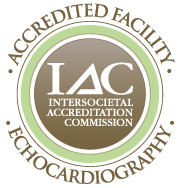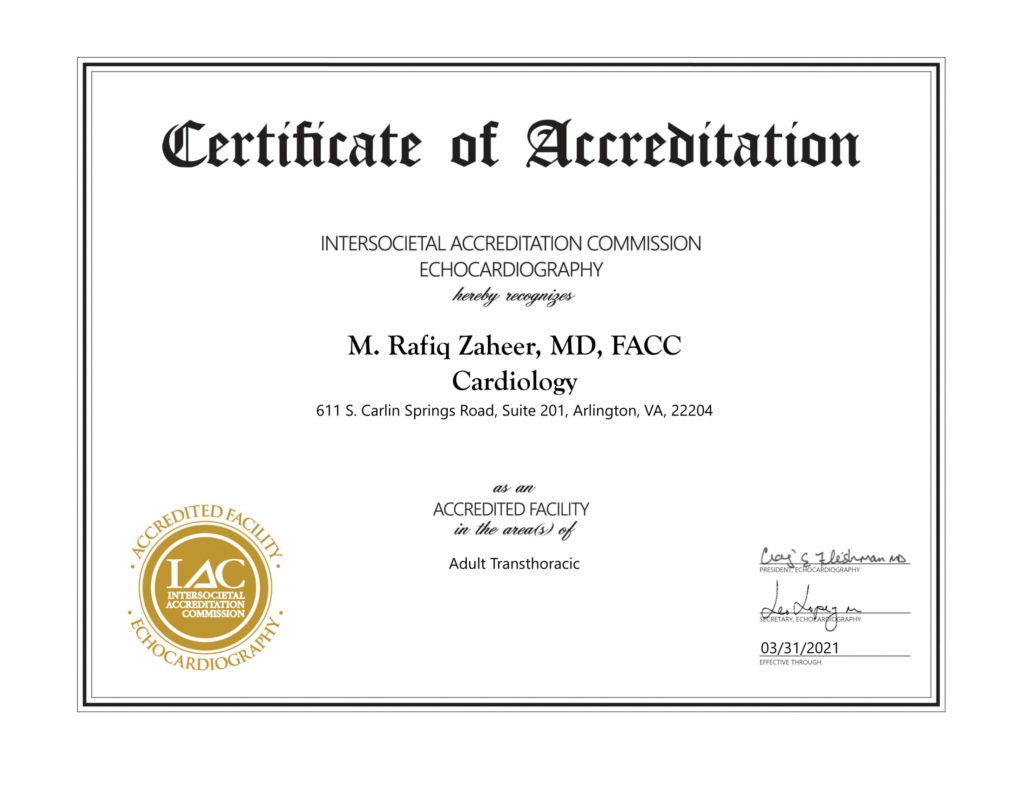
What is an echocardiogram?
- An echocardiogram, also called an “echo,” is an imaging test that creates pictures of your heart as it beats. During an echo, a doctor, nurse, or technician uses a thick wand, called a “transducer” or “probe,” to send sound waves into the heart. The sound waves create images that show the size of the heart chambers, how well the heart pumps, and how well the heart valves work.
Procedure Details
- The doctor, nurse, or technician can put the transducer on the outside of your chest. This is called a “transthoracic echo,” or “TTE.”
Why might my doctor order an echo?
- Your doctor might order an echo to:
- Look for a problem in the heart or in the blood vessels around the heart
- Check on a known heart problem or condition
- Try to find the cause of symptoms, such as shortness of breath, leg swelling, or an irregular heartbeat
- Check your heart after a heart attack or heart surgery
- Check how well your heart medicines are working
How do I prepare for an ECHO?
- There is no preparation needed for an ECHO
What happens during an ECHO?
Before the echo starts, the doctor, nurse, or technician will put some stickers on your chest to monitor your heartbeat.
You will lie on your back or left side. The doctor, nurse, or technician will put a small amount of gel on your chest. Then he or she will press the transducer against your chest and move it around. He or she might ask you to hold your breath or change positions during the test. Images of your heart will appear on a computer.
What are the downsides to an ECHO?
- There are no downsides


